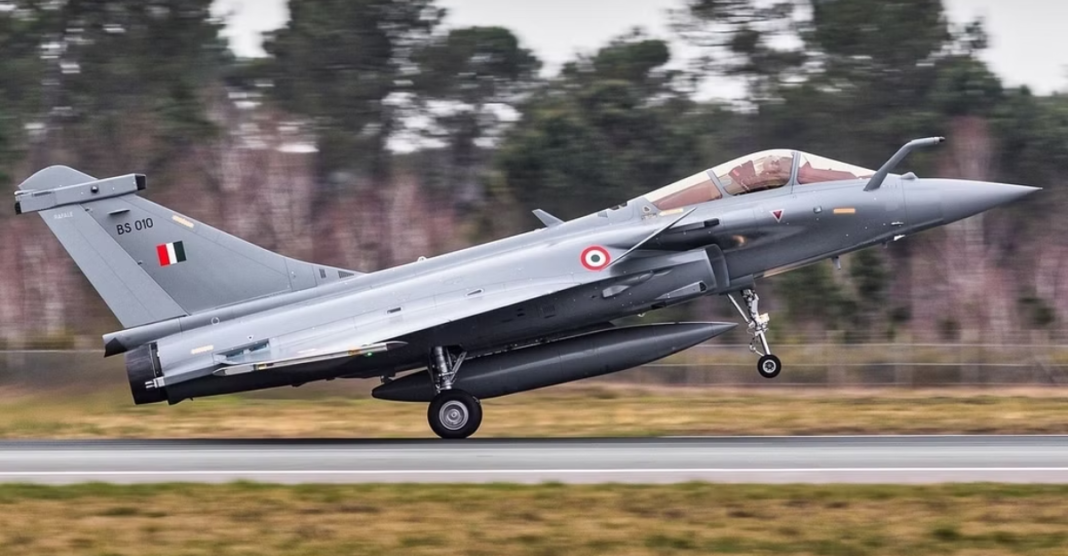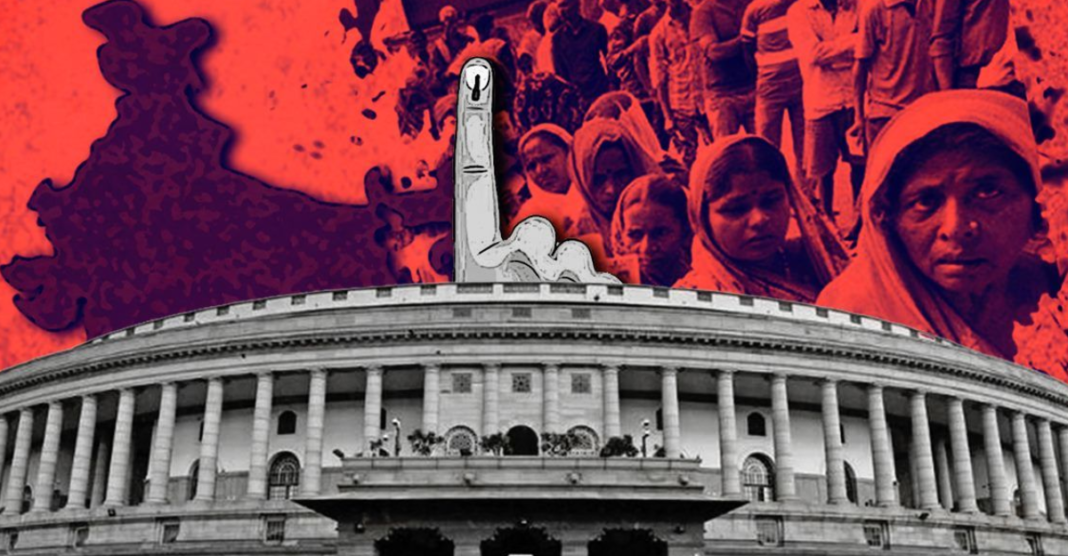The Indian Air Force (IAF) is taking all possible measures to secure the airspace over the region for the upcoming G20 summit, set for September 9–10 in the Delhi-National Capital Region (NCR). To ensure event safety, the IAF will employ fighter jets, surface-to-air missile systems, anti-drone tech, AEW&C systems, and various sensors.
The IAF’s Operations Direction Centre (ODC), working alongside the Joint Control and Analysis Centre (JCAC) and other agencies, plays a crucial role. The ODC will monitor the air picture, identifying threats from small drones to large aircraft.
Compared to events like Republic Day and Independence Day, the G20 summit preparations are more extensive. Rafales, Mirage-2000s, and Sukhoi-30MKI fighter aircraft will patrol the Delhi-NCR skies. Operational Readiness Platforms (ORPs) will be maintained round-the-clock at airfields like Ambala, Bareilly, Sirsa, Bhatinda, and Gwalior. These ORPs keep fighters combat-ready for immediate response.
To safeguard the Delhi-NCR airspace, various surface-to-air guided weapon systems are in place. These include Medium-Range Surface-to-Air Missile Systems (MR-SAMs), developed with Israel, having a 70-kilometer range for intercepting hostile aircraft, helicopters, cruise missiles, and drones. Indigenous Akash air defense missiles with a 25-kilometer interception range are also deployed.
The Indian Air Force’s unwavering commitment underscores the complexity of securing high-profile events. Thanks to technology and highly-trained professionals, the Delhi-NCR airspace will be secure for this significant international event.



